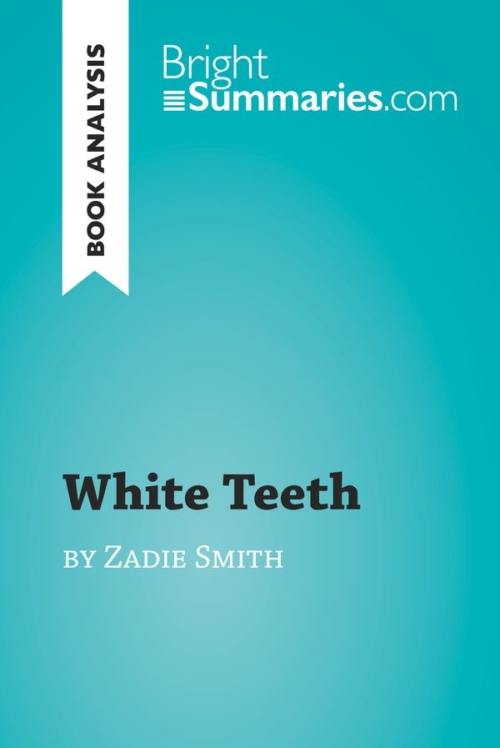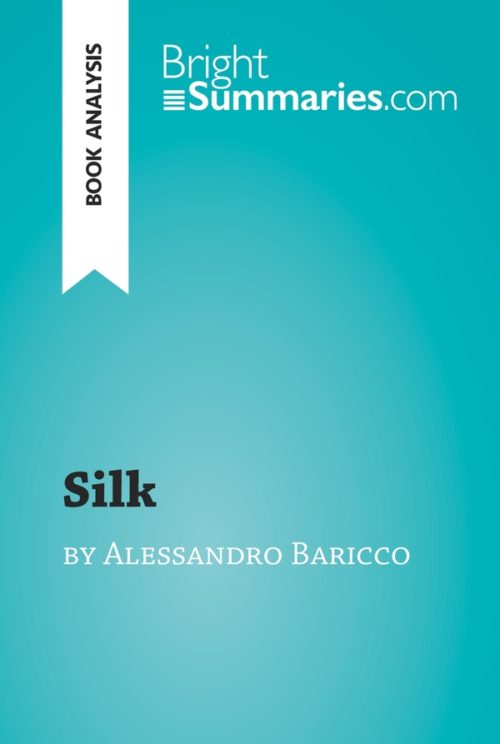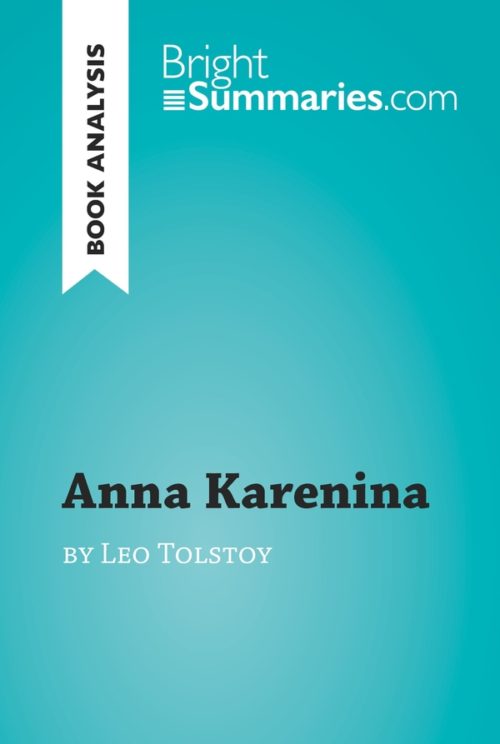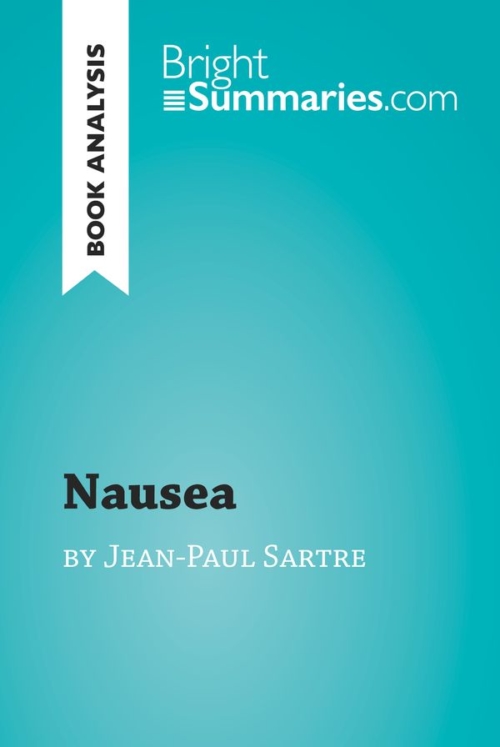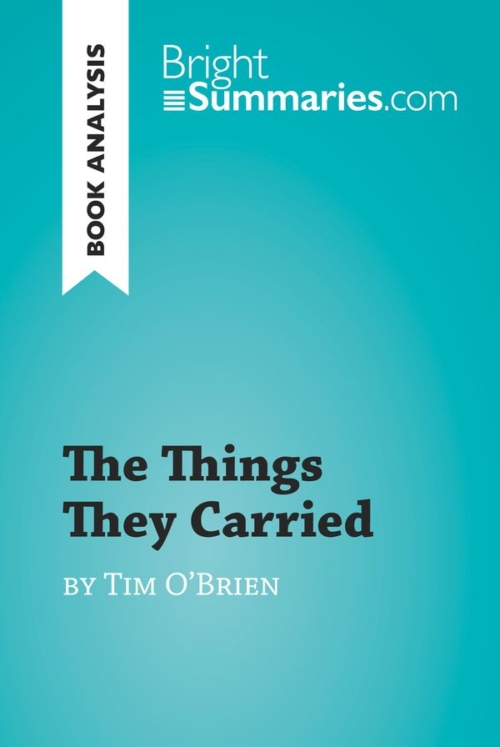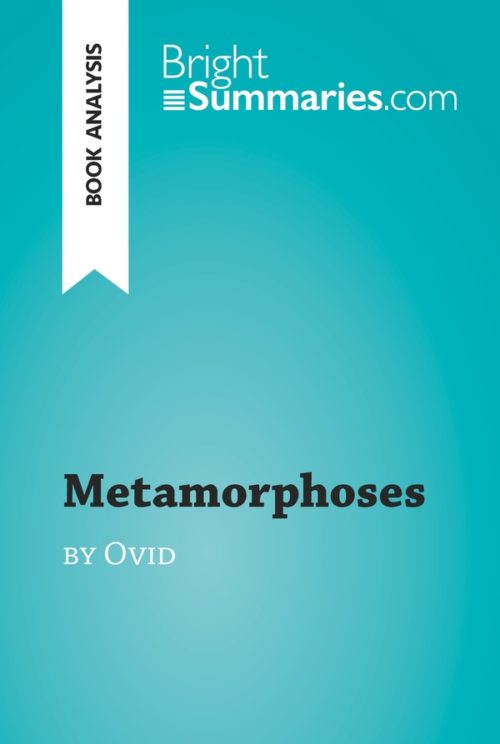The Divine Comedy by Dante Alighieri (Book Analysis)
The Divine Comedy by Dante Alighieri (Book Analysis)
Detailed Summary, Analysis and Reading Guide
Read more
This practical and insightful reading guide offers a complete summary and analysis of The Divine Comedy by Dante Alighieri. It provides a thorough exploration of the work’s plot, characters and main themes, as well as an examination of its enduring impact on writers and thinkers around the world. The clear and concise style makes for easy understanding, providing the perfect opportunity to improve your literary knowledge in no time.
This clear and detailed 62-page reading guide is structured as follows:
- Biography of Dante Alighieri
- Presentation of The Divine Comedy
- Summary of The Divine Comedy
- Character study
- Dante
- Virgil
- Beatrice
- Mohammed
- Francesca and Paolo
- Count Ugolino
- Analysis of The Divine Comedy
- Form
- Themes
About The Divine Comedy
The Divine Comedy dates from the early 14th century, and is a crucial work which marked the transition between the Middle Ages and the Renaissance. Its vivid, detailed descriptions have shaped the way we view Heaven, Hell and Purgatory to this day, and have inspired a range of adaptations in forms as varied as choral works, electronic albums and comic books. The poem is strikingly modern in a number of ways: it features complex and sometimes contradictory characters, seamlessly blends a range of registers and engages with myriad political and philosophical issues.
About Dante Alighieri
Dante Alighieri was a Florentine writer and poet who also took an active part in the political life of his city. While he wrote love poems, such as La Vita Nuova, and non-fiction works on topics such as language and politics, he is best known for his masterpiece The Divine Comedy. He dedicated many years of his life to this long poem, which is divided into three sections corresponding to the Christian conception of the afterlife: Hell, Purgatory and Paradise. Dante distinguished himself from his contemporaries through his thoughtful depiction of the individuality of man, which was a remarkable literary innovation at that time.
Product details
| ISBN | 9782808001946 |
|---|---|
| Publisher | Plurilingua Publishing |
| Collection | BrightSummaries.com |
| Format | |
| Pages | 62 |
| File size | 2.4 MB |


